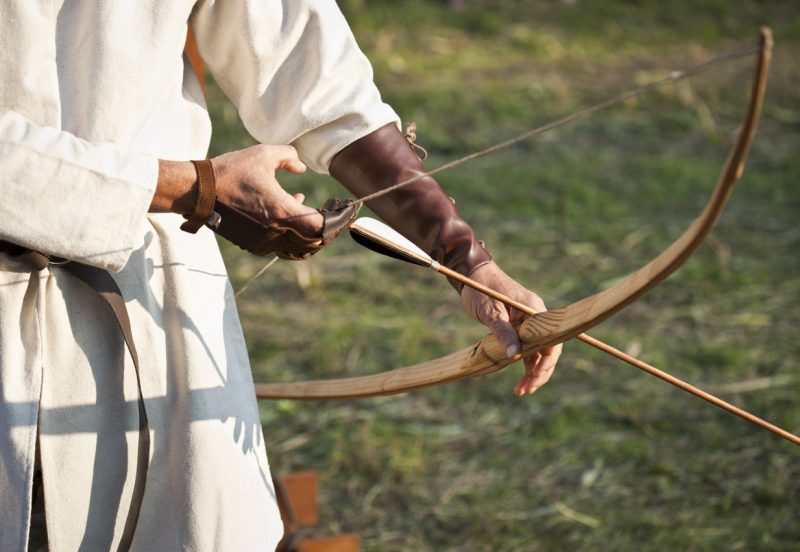The Wars of the Roses in the fifteenth century featured a number of brutal and bloody battles between the Royal Houses of Lancaster and York. The largest of these battles was the Battle of Towton which was, in all likelihood, the largest and bloodiest battle ever fought on English soil.
The battle took place on March 29, 1461, on an open field between the villages of Saxton and Towton. It involved around 50,000 – 60,000 men, almost one-tenth of all the fighting men in England at the time. By the end of a brutal day of fierce hand-to-hand combat, more than 28,000 of these men lay dead.
The Battle of Towton resulted in a decisive victory for the Yorkists, after which Edward IV took the English throne.
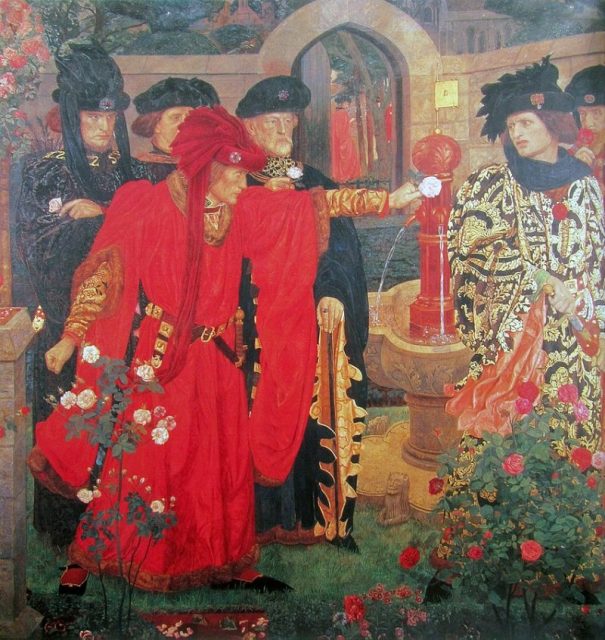
The Wars of the Roses consisted of a series of conflicts fought over which king had the right to rule England. By the time the stage was set for the Battle of Towton, the first phase of the Wars been raging for six years, and a number of battles had already been fought between the Yorkists and the Lancastrians.
Contemporary sources claim that on the morning of the battle, 100,000 – 200,000 troops were assembled on the field, but this is likely to be a wild exaggeration. Even so, the far more likely figure of 50,000 – 60,000 men would have made it an exceptionally massive encounter for a medieval battle.
Over the previous 18 months of military campaigning, both the armies of York and Lancaster had increased in size so that the two armies that faced each other on the morning of March 29, 1461, were enormous by any standard.
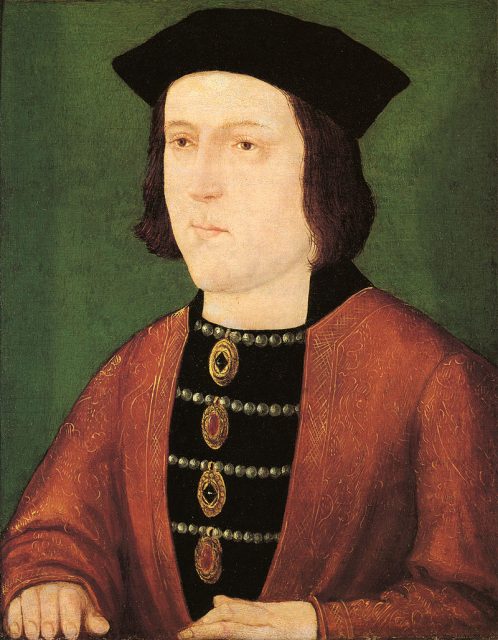
Also, the two opposing armies had taken on a somewhat regional slant. The Yorkists had more troops from the West of England, the South, and from Wales, while the Lancastrians had filled their ranks with men from the North.
Seven previous battles had already been fought, each featuring an increasing degree of viciousness and brutality. Those engagements were characterized by massacres and acts of violent retribution.
Both sides had, by this stage, begun to demonize their opponents so that, by the time the armies faced off on the 29th March, it was an unspoken rule that quarter would neither be asked for nor given; this was to be a fight to the death.
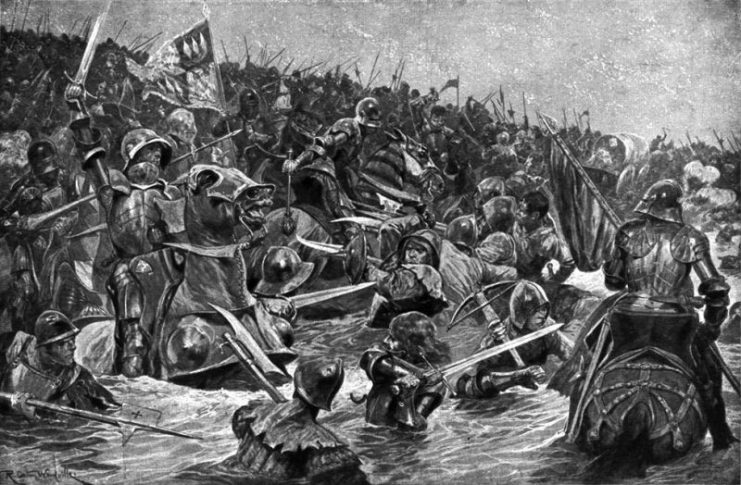
The discovery in 1996 of a mass grave containing the remains of men who fought at the Battle of Towton revealed that the fighters came from a broad cross-section of society. Many bore bone scars that would have come from previous battles, indicating that they were veteran soldiers.
It seems, from analysis of the remains, that the average age of the participants in the battle was around 30 years old.
The fighting forces of each army consisted of a large detachment of archers armed with longbows, and mounted knights who would have been armed with lances, shields, swords, and other melee weapons such as maces or war hammers. Many of those knights would likely have been outfitted with full plate armor.
In addition, there were large detachments of lightly armored infantrymen who would have been carrying spears, pikes, halberds, axes, swords, war hammers, and maces.
Recently unearthed archaeological evidence suggests that primitive handheld guns may also have been used in the battle. This discovery also includes the earliest known bullet to have been found on a battlefield.
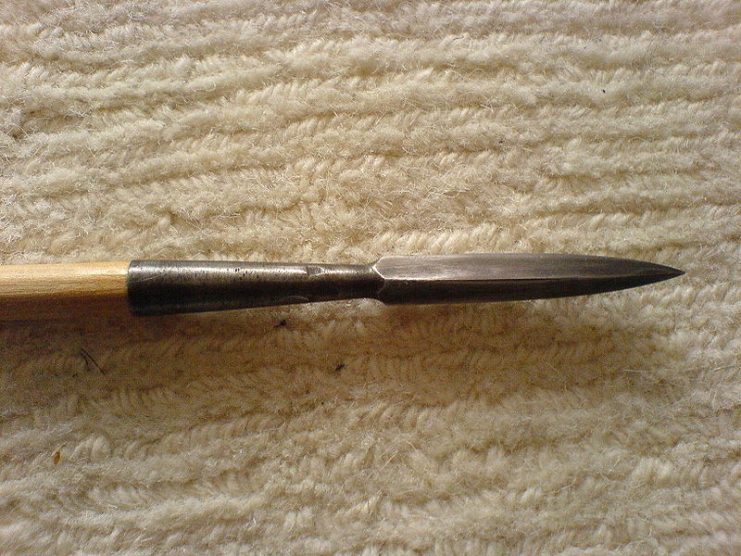
On the morning of the 29th, black clouds hung over the field outside Towton where the armies of the Yorkists and the Lancastrians squared up. As the Yorkists started to advance, it began to snow. The Yorkists were outnumbered by the Lancastrians, but the wind, blowing from the south, worked in favor of the Yorkists.
Lord Fauconberg, leader of the Yorkist vanguard, had his archers advance to a point just beyond the maximum range of their bows then ordered them loose a rain of arrows at the Lancastrians. The wind carried the arrows further than they would normally have traveled, and the deadly missiles fell thick among the Lancastrians.
The Lancastrians tried to retaliate, but with their archers half-blinded by the snow blowing into their faces, their counterattack proved ineffectual. Their arrows were pushed back by the wind and fell short of their enemy.
The Yorkist archers advanced further and rained down another shower of arrows into the Lancastrian ranks – including many of the Lancastrians’ own arrows, which the Yorkist archers had plucked out of the ground and loosed back at them.
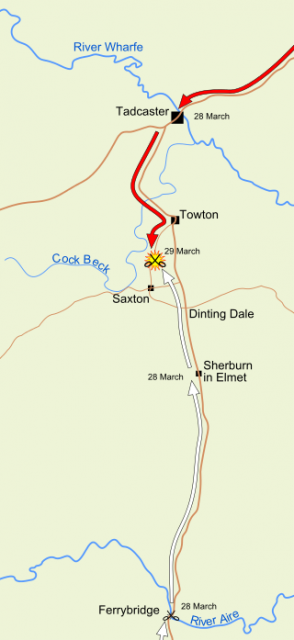
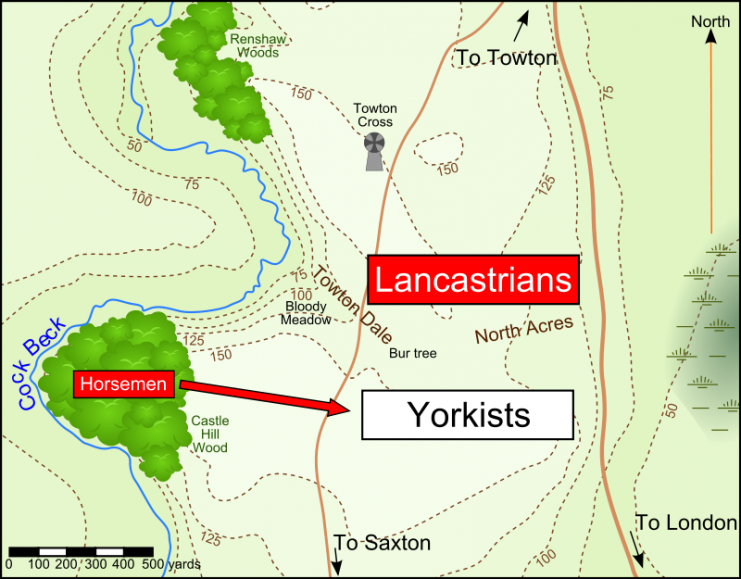
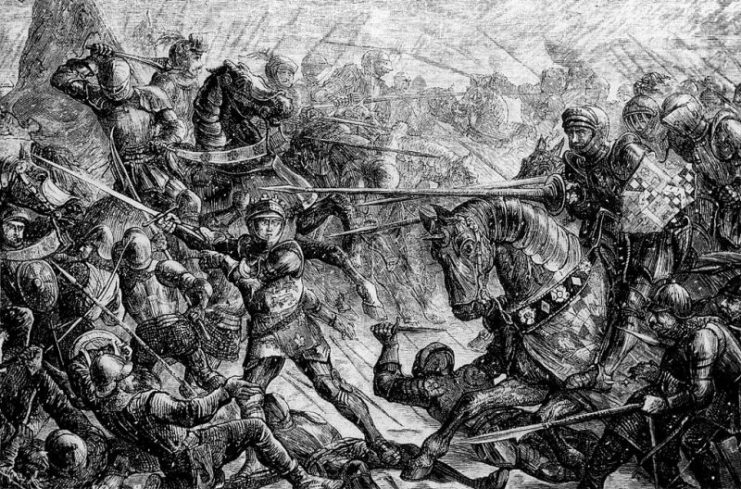
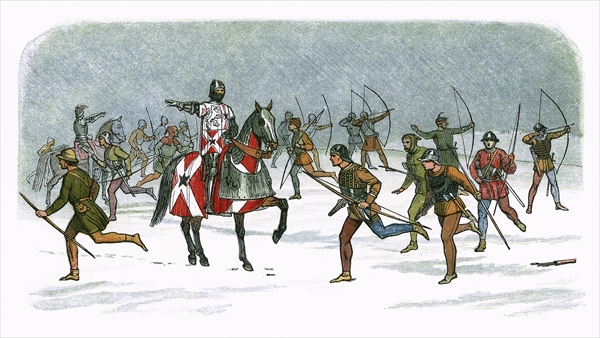
Realizing that the wind was rendering their longbowmen essentially useless, the Lancastrians decided to engage the Yorkist army head-on and charged them. The two massive armies clashed. The field rang with the clang of steel on steel and the screams of dying men and panicking horses.
The fighting raged on for hours, with tens of thousands of men engaged in furious hand-to-hand combat. From the evidence discovered in the mass grave, it is clear that the warriors were fighting not to take prisoners but in a ferocious kill-or-be-killed battle.
Most of the men in the mass grave had been killed by severe head trauma and showed evidence of multiple serious wounds taken in the battle. Some had had their entire skulls caved in or split in two, and many had large chunks hacked off their skulls.
While neither of the armies gained a decisive upper hand in the first few hours, later in the day the Yorkists began to prevail. As it became increasingly clear that the battle was lost for the Lancastrians, groups of men began to flee the battlefield. This was where the carnage became really intense.
Many Lancastrians tried to flee to the west, but the bridges over the Cock River collapsed under the weight of the fugitives. Many drowned in the freezing water, while others, floundering under the weight of their armor, were picked off by Yorkist archers.
Others were simply trapped, unable to cross the river, and overwhelmed by the pursuing Yorkists who butchered them.
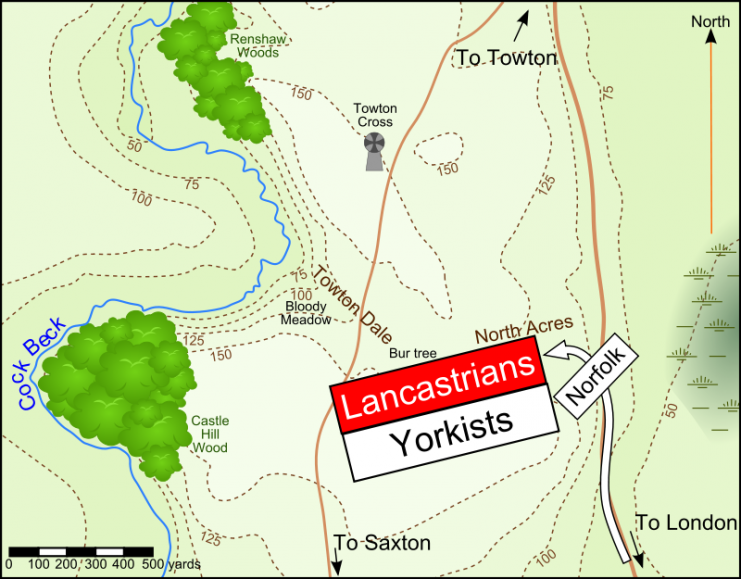
By the time darkness fell, it was all over. The Yorkists had triumphed but at a terrible cost. Over 28,000 men lay dead on the field, and the Cock River was so full of corpses that it was said that men could cross it by walking over the bodies.
On this day, approximately 1% of the entire population of England was killed.
To put the frankly staggering death toll in perspective, one can draw up a comparison with a modern war, like the First World War for example.
In WWI, around 20,000 British soldiers were killed on the first day of the Battle of the Somme – and that involved machine guns and artillery. The medieval troops who fought at the Battle of Towton exceeded this number by almost 10,000 – with bows and arrows, and melee weapons like swords and axes.
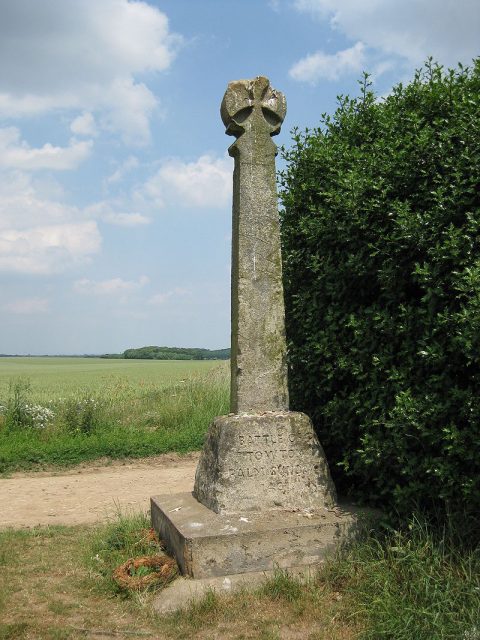
Read another story from us: No Games of Thrones – The Real War of the Roses
The Lancastrians were dealt such a crushing blow that they were unable to field another army for three years.
The Battle of Towton, a decisive victory for the Yorkists, was not only the bloodiest battle ever fought on British soil, it also changed the course of British history. Much of the Lancastrian nobility had been killed, Edward IV secured the English throne, and Henry VI was forced to go into hiding.
